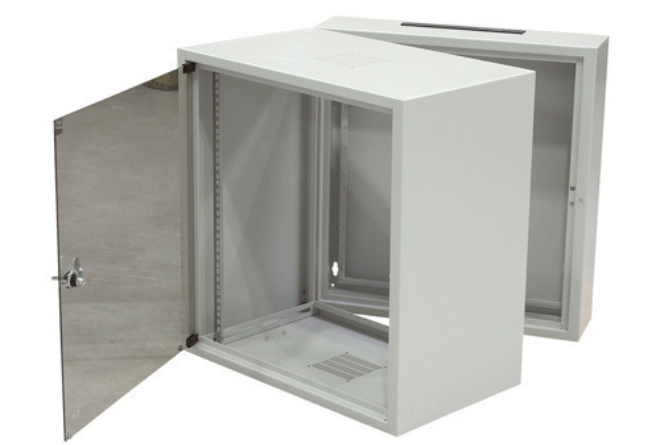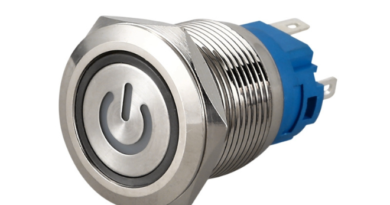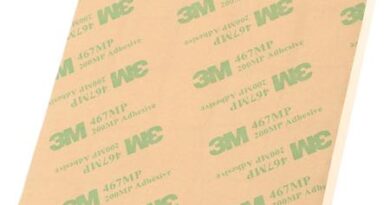Wall Boxes: Where Design Meets Functionality
In an era where minimalism marries functionality, wall boxes emerge as a perfect symbol of modern interior design. They are not only objects of utility but also objects of art, amalgamating style with practicality, creating spaces that reflect individual tastes and personalities. But how exactly do wall boxes marry design and functionality so seamlessly?
A Brief Overview: What are Wall Boxes?
Wall boxes, simply put, are mounted storage units that can be attached to a wall, usually in a modular fashion. Ranging from simple open shelves to intricate boxes with doors or drawers, they offer countless design possibilities. They can be made of various materials, including wood, metal, and glass, and can be used in diverse spaces – from the chicest living rooms to the smallest bathrooms.
Beauty in Versatility
Adaptable Design Aesthetics
One of the strongest points in favor of wall boxes is their adaptability. Their design can range from vintage rustic wooden styles that add a warm touch to a room, to ultra-modern metallic finishes that scream sophistication. This versatility ensures that they can fit into any room theme, be it retro, minimalist, bohemian, or industrial.
Customizability to the Rescue
Another advantage of wall boxes is that they often come in modular setups. This means homeowners or interior designers can customize them as per the needs of the room or the aesthetics they desire. Want a haphazard, quirky arrangement for your boho-chic room? Or perhaps a symmetrical, structured setting for a minimalist look? Wall boxes can do it all.
Efficient Space Utilization
Maximizing Vertical Space
In today’s urban living scenarios, space is a premium. Wall boxes capitalize on this by effectively using vertical space, a dimension that is often overlooked. Instead of cluttering floor spaces with cabinets and counters, why not use the walls? This creates a sense of roominess and declutters the living space.
Zone Creation
Another functional benefit of wall boxes is their ability to demarcate spaces within rooms. For instance, in a studio apartment, wall boxes can separate the sleeping area from the lounge or work area. This gives a structured feel to an otherwise open space.
Enhanced Accessibility and Organization
Everything in Sight
One of the frustrations of traditional cabinets or drawers is the inevitable search for items. With open wall boxes, everything is in plain sight. This not only ensures you can find what you need immediately but also encourages you to keep things neat and tidy.
Ergonomic Design
Wall boxes can be positioned at any height, making them an ergonomic choice. For example, in a kid’s room, they can be set at a lower height to allow children to access their belongings, while in a kitchen, they can be positioned higher to keep sharp objects or delicate china out of reach.
Integrating Tech with Wall Boxes
In the modern era, we can’t ignore the convergence of technology and design. Wall boxes can seamlessly integrate with smart home systems. Think LED-lit wall boxes that respond to voice commands, or those equipped with temperature or humidity control for specific storage needs.
Sustainability and Wall Boxes
In an age that rightly prioritizes sustainability, wall boxes made from sustainable materials like bamboo or recycled wood are gaining traction. They aren’t just functional and beautiful; they’re also a testament to eco-conscious living.
Conclusion
Wall boxes aren’t just another design fad. They are a testament to how modern design thinking integrates aesthetic appeal with functional pragmatism. In them, we find a solution to space constraints, an answer to evolving aesthetic tastes, and a nod to the increasing emphasis on sustainability. As homes evolve, and as our understanding of design shifts, wall boxes stand as an epitome of where design indeed meets functionality.




